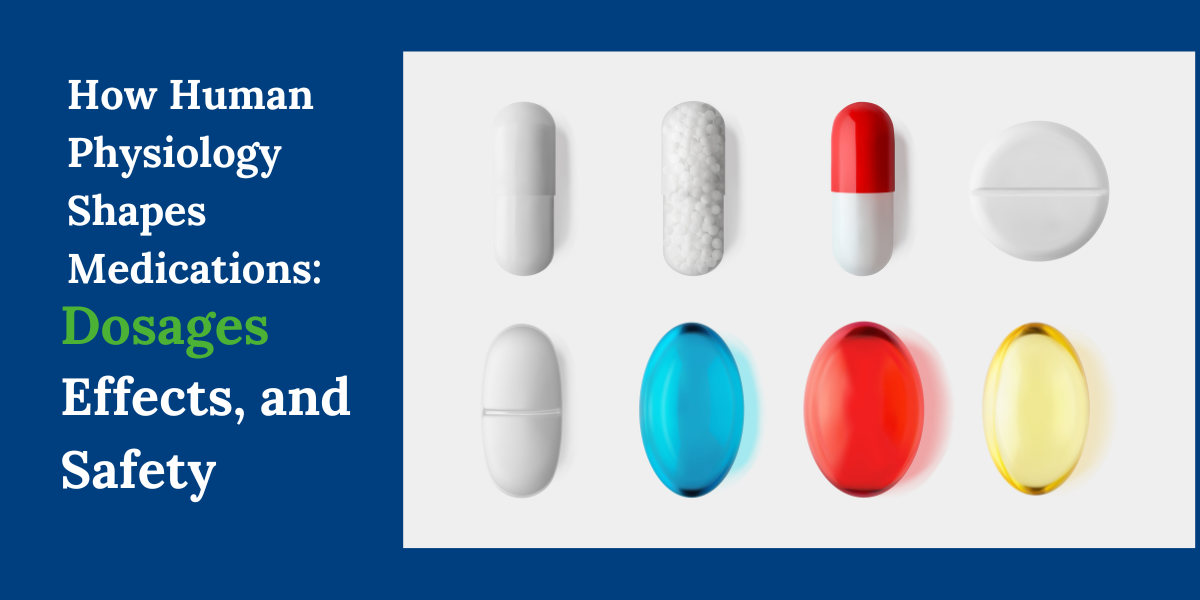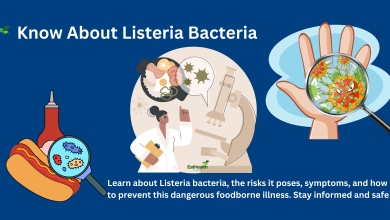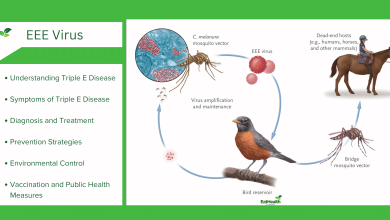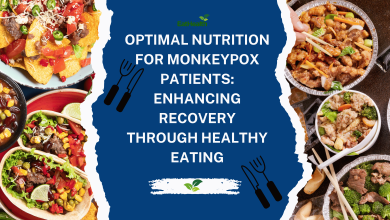How Human Physiology Shapes Medications: Dosages, Effects, and Safety
The Physiology Behind Medications: Safeguarding Health and Efficacy

Medication Development and Human Physiology: The development and administration of medications is a complex and highly regulated process, driven by the intricate understanding of human physiology. This knowledge forms the foundation upon which pharmaceutical scientists, healthcare professionals, and researchers create effective drugs that target specific physiological processes while minimizing potential side effects. In this blog post, we’ll explore how a deep understanding of human physiology guides the development, dosages, and safety of medications, ensuring their efficacy and patient well-being.
The Interplay of Physiology and Medication Development
-
Target Identification:
- Medications are designed to interact with specific molecules or receptors in the body, often linked to physiological processes. Understanding these targets is essential for drug development.
-
Pharmacodynamics:
- Knowledge of how drugs affect the body (pharmacodynamics) is critical. It helps determine the right drug to target a particular physiological pathway.
-
Pharmacokinetics:
- This branch of pharmacology studies how the body absorbs, distributes, metabolizes, and excretes drugs. Dosage and administration routes are optimized based on this knowledge.
Customizing Dosages for Physiology
-
Patient Variability:
- Individuals have unique physiological characteristics, including age, gender, genetics, and organ function. Medication dosages are tailored to account for these variabilities.
-
Therapeutic Window:
- The therapeutic window is the range of dosages where a drug is effective without causing significant side effects. Understanding physiology helps establish safe dosing guidelines.
Minimizing Side Effects
-
Side Effect Prediction:
- Knowledge of how a drug interacts with various physiological systems allows researchers to predict and mitigate potential side effects.
-
Clinical Trials:
- Clinical trials involve testing medications on human subjects, closely monitoring physiological responses, and adjusting dosages to minimize adverse effects.
Ensuring Medication Safety
-
Regulatory Oversight:
- Regulatory agencies like the FDA (Food and Drug Administration) evaluate medications based on their safety and efficacy, relying on extensive physiological data.
-
Post-Marketing Surveillance:
- After a drug is approved, ongoing monitoring of its safety profile is essential. Any unexpected physiological reactions are thoroughly investigated.
Examples of Physiology-Guided Medications
-
Cardiovascular Medications:
- Drugs targeting blood pressure or cholesterol levels are developed with a deep understanding of cardiovascular physiology.
-
Antibiotics:
- Antibiotics are designed to interfere with bacterial physiology while sparing human cells.
Conclusion
Human physiology serves as the guiding star in the development and administration of medications. The knowledge of how our bodies function at the molecular, cellular, and systemic levels ensures that drugs are effective, safe, and tailored to individual needs. Pharmaceutical advancements continue to rely on this deep understanding, leading to improved therapies and better patient outcomes. By appreciating the profound relationship between physiology and medications, we can make informed choices about our health and well-being.




